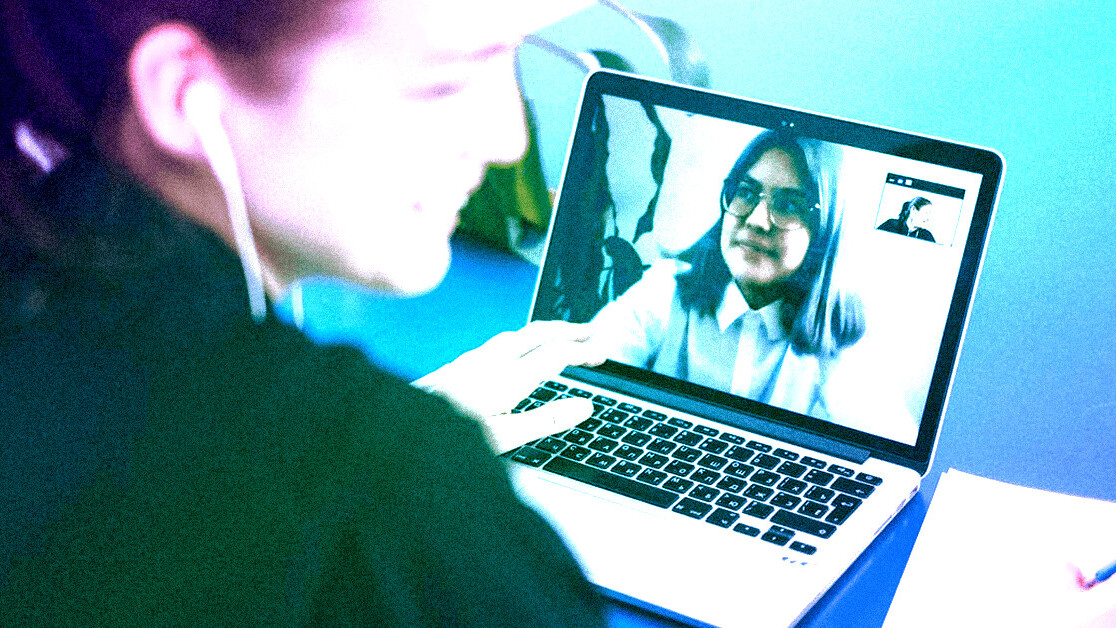
Your company’s culture was created by your founders and senior leadership team in an enlightened moment.
Like a babbling brook, it slowly trickled down through management until every employee just “got it.” And on one magical day, everything suddenly just felt right, and — voila — everyone was on the same page! Right?
Are you resisting the urge to laugh? We don’t blame you. The stories we’ve all read about the cultures of well-known companies often have a mythic quality. But the truth rarely resembles the plot from an episode of “Game of Thrones.” Companies like Google and Netflix often go through deliberate, delicate processes to develop and refine the values and beliefs that bind them together — with an army of consultants, not Dothraki, to assist them.
If you manage a remote team and want a robust company culture, you may be wondering how relevant the lessons of corporate giants might be to your company. It’s true: culture is often taken for granted when leaders and employees are co-located. People can falsely assume culture will simply rub off on new hires as they learn the ropes and become more comfortable with managers and coworkers.
But culture isn’t automatically distributed — especially when it comes to distributed teams. So what can remote managers do to create and sustain a culture from afar? For us, it starts with trust. It takes an intentional and continuous effort to build and maintain trust, but it’s crucial — even synonymous with — a robust company culture. So how does this apply to remote teams?
[Read: Are EVs too expensive? Here are 5 common myths, debunked]
Transparency
One of Zapier’s core values is “default to transparency.” As co-founder and CEO Wade Foster puts it, “It’s something every company should do, but it’s even more important in a remote work environment.”
When a team isn’t co-located, it increases the potential for unwelcome surprises. And these surprises are often associated with a lack of information-sharing. But by changing the way your team communicates on a daily basis, you can adopt the best aspects of an open-door policy.
Foster suggests keeping communication in full view as much as possible, such as by using public rather than private Slack channels. Obviously, there are times where an issue needs to be discussed between individuals. However, being a little more selective about the use of email, direct messages, and other private communications can tremendously benefit transparency and increase trust.
Accountability
Managers unfamiliar with remote work often come from a place of ‘seeing is believing.’ In other words, they wonder if remote workers… well, actually work. If this describes you, take your doubts a step further and imagine your newly formed remote team may have the same concerns about each other — and you.
This is why establishing team-wide accountability is so important for remote teams. Whether working from home, a coworking space, or another place, you simply can’t evaluate colleagues’ performance via the old-school metric of ‘butts in seats.’ By setting clear expectations around measurable goals, you and your team will build trust in the fact that work is getting done, regardless of where it’s happening.
More importantly: this needs to be a continuous process. Already set expectations? Abide by them, and let your team know how their individual contributions fit into the overall picture. (Knowing how their work connects to what you and other team members are doing shows them they matter and increases their level of engagement.)
Familiarity
It’s true: remote teams don’t have the same opportunities for organic socializing. At Whereby, we don’t have a water cooler or breakroom to gather around to share our outside interests and activities. But it’s no less important that we develop personal connections with our teammates. At least once per year at Whereby, we fly everyone in for a team gathering, where the primary focus is to have fun and build personal relationships.
Buffer’s approach to building trust includes efforts to intentionally get to know each other. They send out a weekly newsletter to their team that contains fun tidbits about individual team members. Sometimes they’ll have little quizzes to see how much their team knows about each other.
There are lots of ways to integrate ‘getting to know you’ time. It can be as simple as setting aside some personal time in internal meetings. You can also add channels to your chat apps specifically designed for conversations about employees’ hobbies and personal interests. And virtual happy hours and coffee breaks are another excellent way to blow off steam and stronger bonds through familiarity.
This article was originally published on the Whereby blog.
Did you know Ingrid Ødegaard, Whereby’s Founder & CPTO, is speaking at TNW2020 this year? Check out their session on ‘How to compete with tech giants’ here.
Get the TNW newsletter
Get the most important tech news in your inbox each week.




